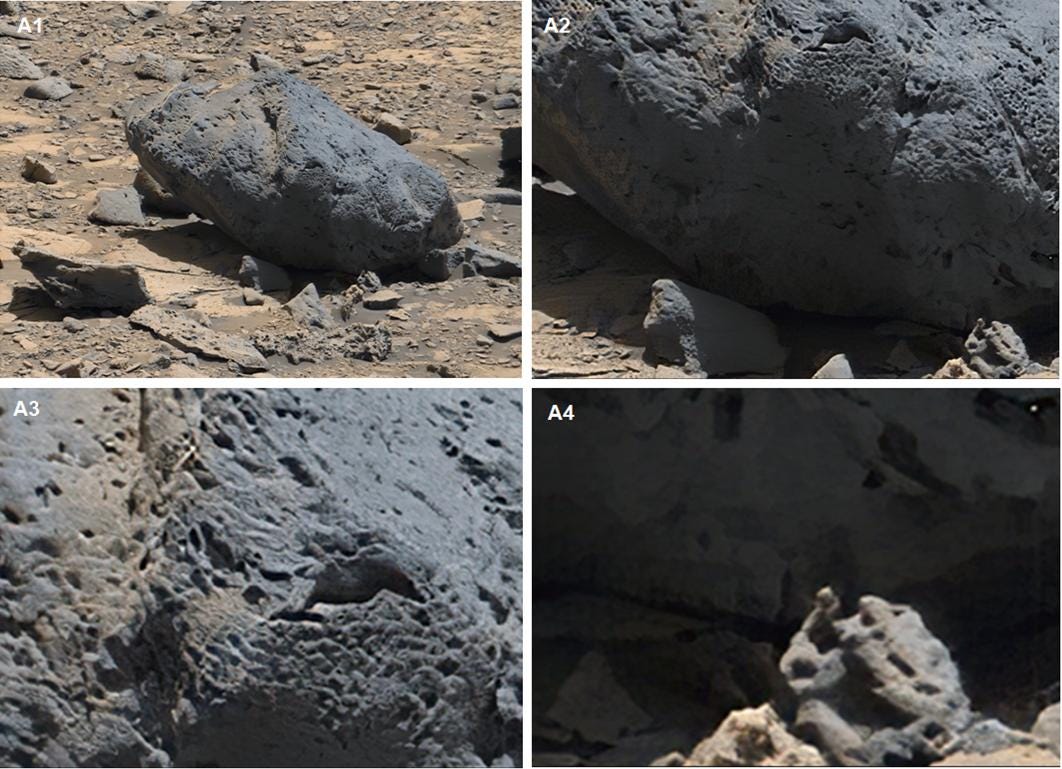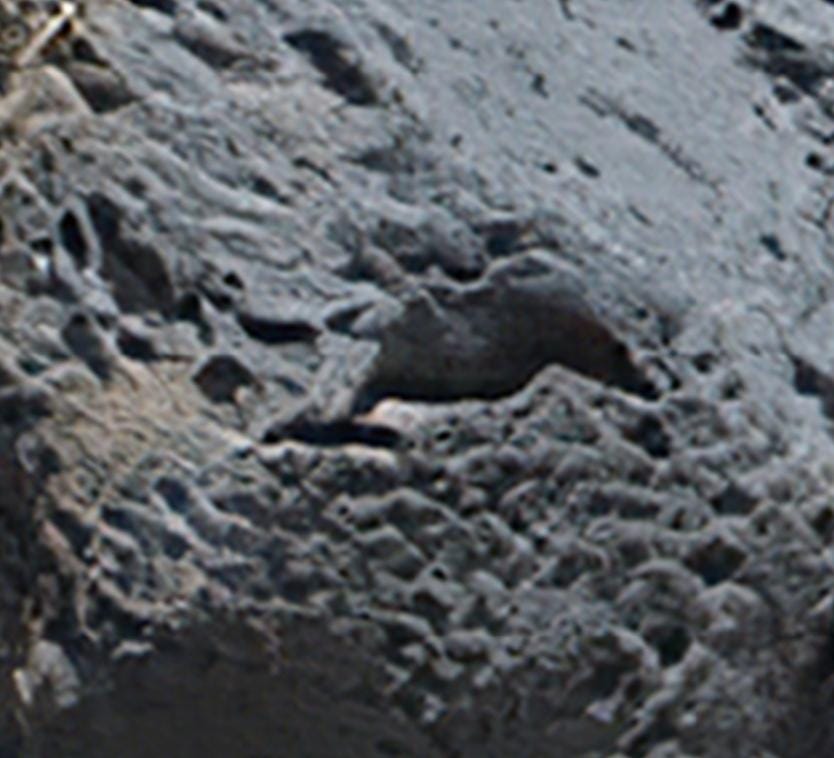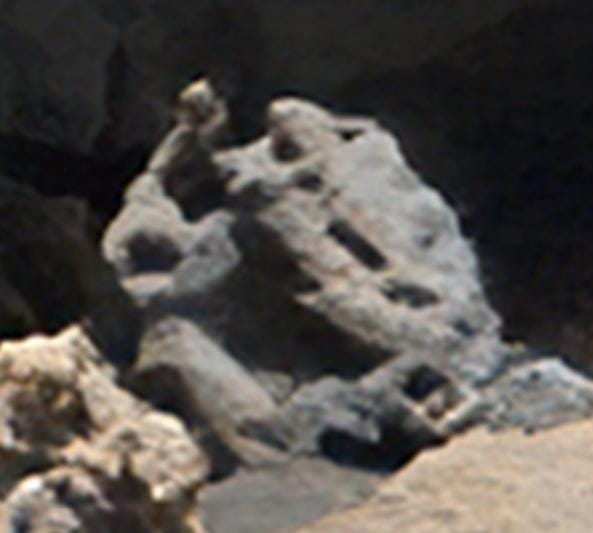Technological Debris in Gale Crater, Mars - or Just Volcanic Rock?
A Case Study of Geometric Patterns in Martian Surface Objects
I’m not a geologist, so my limited understanding is born from looking at countless Mars images and becoming somewhat familiar with the common rock types, shale and erosion patterns replicated during every day and every mile on Mars traversed by the Rovers - mysterious geometrical lines and intersections once interpreted by the uninitiated as possible wall foundations and roads, now mundanely explained by mineral veins and ice fracturing.
Still, there exists the fine line between conventional explanation and the mysterious “What if?...” scenario. The blue rocks that appear in the following pages for me, now fall into that category. Yes, I acknowledge these rocks are most likely the result of volcanism or a large meteorite exploding and fragments impacting the surface – but there are a number of odd pieces that reasonably suggest something else may have been at play here.
My general impression is that the fragments which now lay strewn over a Martian hillside in Gale Crater, were once subject to intense heat before being blown apart, shredded and scattered into their present positions.

To aid this kind of image analysis, there are several Mars enthusiasts who do outstanding work in creating panorama's from a group of still images. What they do is take a batch of images for one Martian day - in this case Sol 2635 - and then, by using software, stitch them all together to form one large, seamless image, which is what we will be looking at today. All the following images are taken from such a 'Gigapan' made by Neville T. Thompson.
Importantly, what Neville has also done, is to present a coloured image that removes the unhelpful sepia tone that saturates most Mars imagery, replacing it with a filter that shows us what this location on Mars would look like under ‘Earth light’ conditions.
So, when looking at this landscape, the first thing we notice are these blue-grey rocks and boulders scattered over the ground. It's a natural thing for the eye to do, to first focus on these larger objects, even though they look pretty natural and random in this setting and we should have no reason to suspect they might be anything unusual.
However, when we zoom in to the closest of these boulders, labelled "Target Location A" (Fig. 3, A1), we quickly notice an interesting pitted, cellular, and geometric structure on the surface of this rock (Fig. 3, A3). An imaginative mind might see hieroglyphic-type characters here, and perhaps even a suggestion of a technological layout akin to a circuit board.


The nature of this 'pitting' however appears to be of a vesicular nature, as seen on some volcanic rock types. Such cavities on the surface of the rock are caused by gas bubbles that appear after the rock has cooled and solidified. Dissolved gas bubbles however, are unlikely to form regular, squarish features and fissures. Conceivably, the pattern might also have resulted from countless millennia of erosion and cracking from freezing temperatures, the geometric patterns due to possible crystalline formation in the rock. Or, these characteristics were generated by intense heat from atmospheric entry, if this is actually a remnant piece of a large meteorite.

An odd-shaped fragment sits very close to this blue-grey rock (Fig. 5). It could well have been either a part of the rock that has broken off, or is an eroded piece from another rock. Just as likely, this whole area may be composed of similar rocks - some intact, some almost eroded to nothing - and with countless smaller pieces that are partially coated with ochre coloured dust, as this one is.





